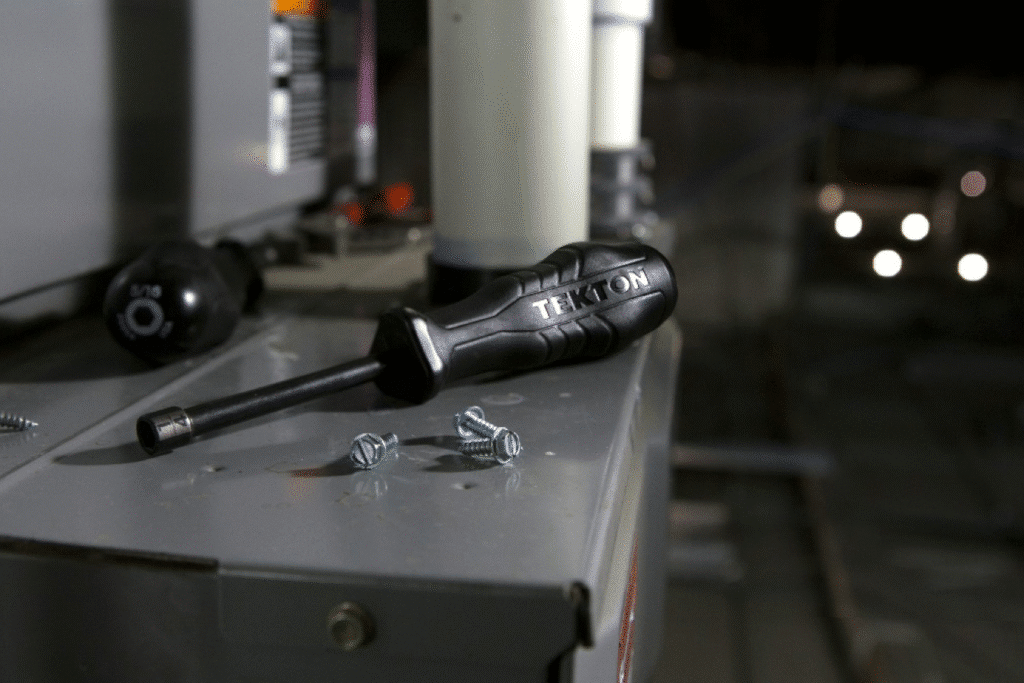
High temperatures can take a toll on household energy consumption, especially in regions where sweltering summers are the norm. In cities like Phoenix, maintaining indoor comfort often leads to soaring utility bills for homeowners. However, strategic changes to home design, equipment, and habits can significantly reduce energy use without compromising comfort. While some adjustments require investment, many are simple behavioral or maintenance-based fixes that offer quick returns. With thoughtful planning and action, homeowners can keep their interiors cool and expenses in check.
Optimizing Cooling Efficiency Through HVAC Maintenance and Upgrades
In hot climates, the air conditioning system bears the brunt of the work in keeping homes livable. Because of this, ensuring that the HVAC unit is functioning efficiently is paramount. A poorly maintained system can consume more electricity while delivering subpar cooling performance. Homeowners should prioritize regular maintenance, such as cleaning filters monthly, checking for refrigerant leaks, and ensuring all vents are unobstructed. Even minor issues, if neglected, can lead to significant inefficiencies over time.
To go a step further, upgrading to a modern, energy-efficient HVAC system can deliver long-term savings. Systems with higher Seasonal Energy Efficiency Ratios (SEER) consume less electricity to cool the same space. Additionally, investing in smart thermostats allows for better control of cooling schedules, enabling the system to run only when needed. Programming thermostats to raise the temperature slightly during work hours or overnight can make a notable difference in monthly utility bills.
Sometimes, an expert evaluation is essential to understand whether the current setup is optimized for a home’s layout, insulation, and usage patterns. Consulting a qualifiedHVAC contractor in Phoenix, on the other hand, can help assess the system’s efficiency and recommend upgrades or repairs tailored to the home’s specific cooling needs. Professional guidance ensures that the system not only works effectively but does so in a cost-efficient manner.

Insulating the Home Against Heat
Insulation isn’t just for cold climates; in hot environments, it plays a crucial role in keeping the heat out. Proper insulation reduces the load on air conditioning units by preventing external heat from seeping indoors. Areas such as attics, walls, and floors should be insulated using materials with high thermal resistance, often indicated by a high R-value.
Attics, in particular, can trap extreme heat, which then radiates into the living space below. Upgrading attic insulation and installing radiant barriers can drastically reduce indoor temperatures. Additionally, sealing air leaks around doors, windows, and ductwork helps maintain a consistent indoor climate, minimizing energy loss and maximizing cooling efficiency.
Double-pane windows with low-emissivity (Low-E) coatings also prevent unwanted heat gain. These windows reflect a portion of the sun’s rays while allowing natural light to enter, striking a balance between brightness and temperature control.
Making Smart Use of Fans and Ventilation
Fans do not lower room temperatures, but they help circulate air and create a wind-chill effect, which makes occupants feel cooler. Ceiling fans, in particular, are effective when used in conjunction with air conditioning, allowing homeowners to raise the thermostat setting by a few degrees without feeling uncomfortable.
Exhaust fans in kitchens and bathrooms serve another important purpose—they help expel hot, humid air and reduce overall indoor temperature. Whole-house fans, which pull cooler evening or morning air into the home and push warm air out through the attic, are another excellent option in areas where outdoor temperatures drop significantly at night.
It’s also important to note that fans should be turned off when rooms are unoccupied, as running them needlessly wastes electricity. Smart switches and occupancy sensors can help manage fan use efficiently.

Leveraging Shade and Landscaping
Nature can be a homeowner’s ally in the battle against high utility bills. Strategic landscaping can reduce heat absorption and lower cooling costs. Planting shade trees around the home provides natural cover from direct sunlight, especially when placed near windows and exterior walls that face the sun for the majority of the day.
Shrubs and vines can be used to shade walls, while trellises or pergolas add visual appeal and protection from harsh sunlight. Beyond plants, installing awnings, reflective roofing materials, and covered patios contributes to reducing indoor heat gain.
Upgrading Appliances and Lighting
Old appliances and incandescent lighting produce unnecessary heat and consume more energy compared to modern alternatives. Upgrading to Energy Star-rated appliances can result in substantial savings over time. For example, refrigerators, ovens, and dishwashers that meet energy-efficiency standards operate more effectively while producing less ambient heat.
Lighting is another area where small changes yield big benefits. Replacing incandescent bulbs with LEDs reduces both electricity consumption and heat output. Since lighting often accounts for a small but significant portion of a home’s total energy use, these changes are both cost-effective and impactful.

Managing Water Heating and Laundry Wisely
Water heaters are often hidden away, but they contribute significantly to utility bills, especially in homes where hot water is frequently used. Lowering the water heater temperature to 120°F not only reduces energy use but also extends the appliance’s life. In hot climates, insulating the heater and associated pipes can prevent heat loss, increasing overall efficiency.
Shifting laundry routines can also make a difference. Washing clothes in cold water and line-drying them when possible cuts down both electricity and indoor humidity. High indoor humidity can make the air feel warmer, causing occupants to crank up the AC.

Adopting Energy-Conscious Habits
Simple behavioral changes play a substantial role in cutting utility costs. Keeping blinds or curtains closed during peak sunlight hours prevents unnecessary heat gain. Cooking outdoors or using microwaves instead of ovens keeps kitchen heat to a minimum. Taking shorter, cooler showers reduces the strain on water heaters and helps maintain a lower indoor temperature.
Monitoring energy usage through smart meters or home energy management systems provides insights into consumption patterns. These tools allow homeowners to identify wasteful habits and make data-driven adjustments.
By integrating these strategies—technological, structural, and behavioral—homeowners in hot climates can significantly cut their utility bills. Though initial investments in insulation or upgraded systems may seem daunting, they pay off in long-term savings and increased comfort. Each thoughtful change not only reduces energy expenses but also contributes to a more sustainable and environmentally responsible lifestyle.
- 0shares
- Facebook0
- Pinterest0
- Twitter0


